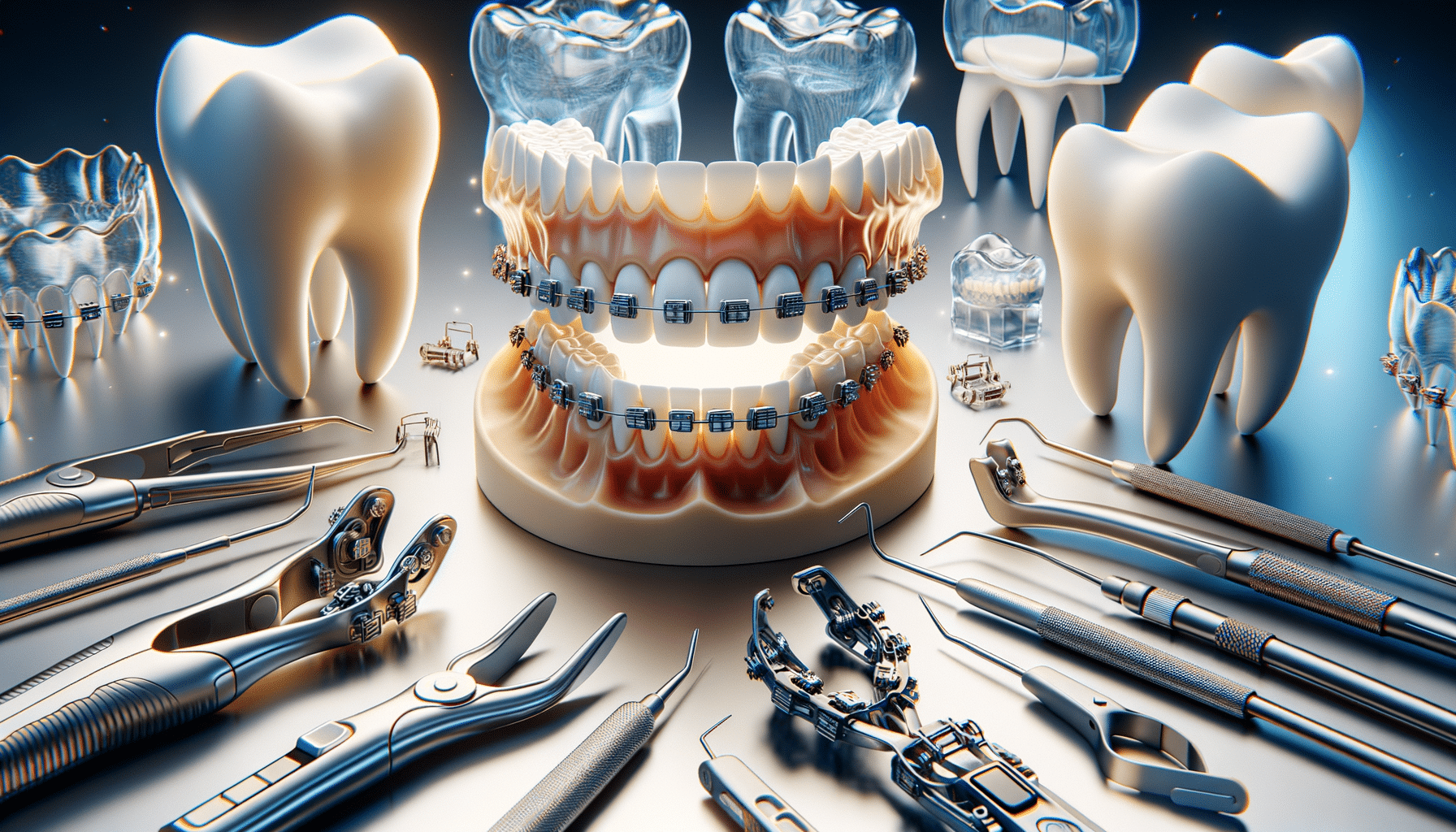
Exploring Dental Teeth Clips and Braces
Introduction to Dental Appliances
Dental appliances have evolved significantly over the years, offering a range of solutions for various oral health needs. From correcting misalignments to improving aesthetic appeal, dental appliances play a crucial role in maintaining oral health. This article delves into the world of dental appliances, focusing on the differences between teeth clips and traditional braces, and how these modern solutions contribute to a confident smile.
Discover the Differences Between Teeth Clips and Traditional Braces for a Confident Smile
When it comes to orthodontic solutions, patients often find themselves choosing between teeth clips and traditional braces. While both aim to correct dental misalignments, they differ in design, application, and comfort.
Traditional braces, known for their metal brackets and wires, are a time-tested solution for various dental issues. They are highly effective in treating complex cases, such as severe crowding or bite problems. On the other hand, teeth clips, often referred to as clear aligners, offer a more discreet option. Made from transparent materials, they are less noticeable and can be removed during meals or brushing.
For a confident smile, the choice between these two depends on individual needs and preferences. Traditional braces might be more suitable for those requiring extensive correction, while teeth clips are ideal for those seeking a less conspicuous option. Ultimately, consulting a dental professional is essential to determine the best fit for one’s oral health needs.
Find Out How Modern Dental Clips and Braces Can Improve Alignment and Oral Health
Both dental clips and braces have made significant advancements in improving alignment and oral health. Modern dental clips, with their innovative design, offer an effective solution for minor to moderate alignment issues. They work by gradually shifting teeth into the desired position, providing a comfortable and flexible treatment option.
Braces, meanwhile, have also seen improvements in materials and technology. Today, they are available in various forms, including ceramic and lingual braces, which offer a more aesthetically pleasing alternative to traditional metal braces. These advancements not only enhance alignment but also contribute to better oral health by making it easier to maintain oral hygiene during treatment.
Overall, the choice between dental clips and braces should be guided by the specific dental condition and lifestyle preferences. Both options, when used correctly, can lead to significant improvements in dental alignment and overall oral health.
Orthodontic Solutions: Tailoring Treatments to Individual Needs
Orthodontic solutions are not one-size-fits-all. Each patient presents unique challenges and requirements that necessitate a personalized approach. This is where the expertise of an orthodontist becomes invaluable. By assessing the specific needs of a patient, an orthodontist can recommend the most appropriate treatment plan, whether it involves teeth clips, braces, or a combination of both.
Factors such as age, the severity of misalignment, and personal preferences all play a role in determining the best orthodontic solution. For instance, younger patients with developing teeth might benefit more from traditional braces, while adults might opt for the flexibility and discretion of teeth clips.
Moreover, orthodontic solutions are not limited to aesthetic improvements. Correcting misalignments can prevent further dental issues, such as tooth decay, gum disease, and jaw pain, thereby enhancing overall oral health.
Oral Health Care: Maintaining Results Post-Treatment
Once the desired alignment is achieved through dental appliances, maintaining the results becomes crucial. Post-treatment care involves regular dental check-ups, wearing retainers, and adhering to good oral hygiene practices.
Retainers play a significant role in ensuring that teeth remain in their new positions. They are usually custom-made and can be either fixed or removable, depending on the patient’s needs. Consistent use of retainers is essential to prevent teeth from shifting back to their original positions.
In addition to retainers, maintaining good oral hygiene is vital. This includes brushing twice a day, flossing regularly, and using mouthwash to prevent plaque build-up and cavities. Regular dental visits also help in monitoring oral health and addressing any issues promptly.
In conclusion, the journey to a confident smile doesn’t end with the removal of dental appliances. Ongoing oral health care is key to preserving the benefits of orthodontic treatments and ensuring a healthy, beautiful smile for years to come.